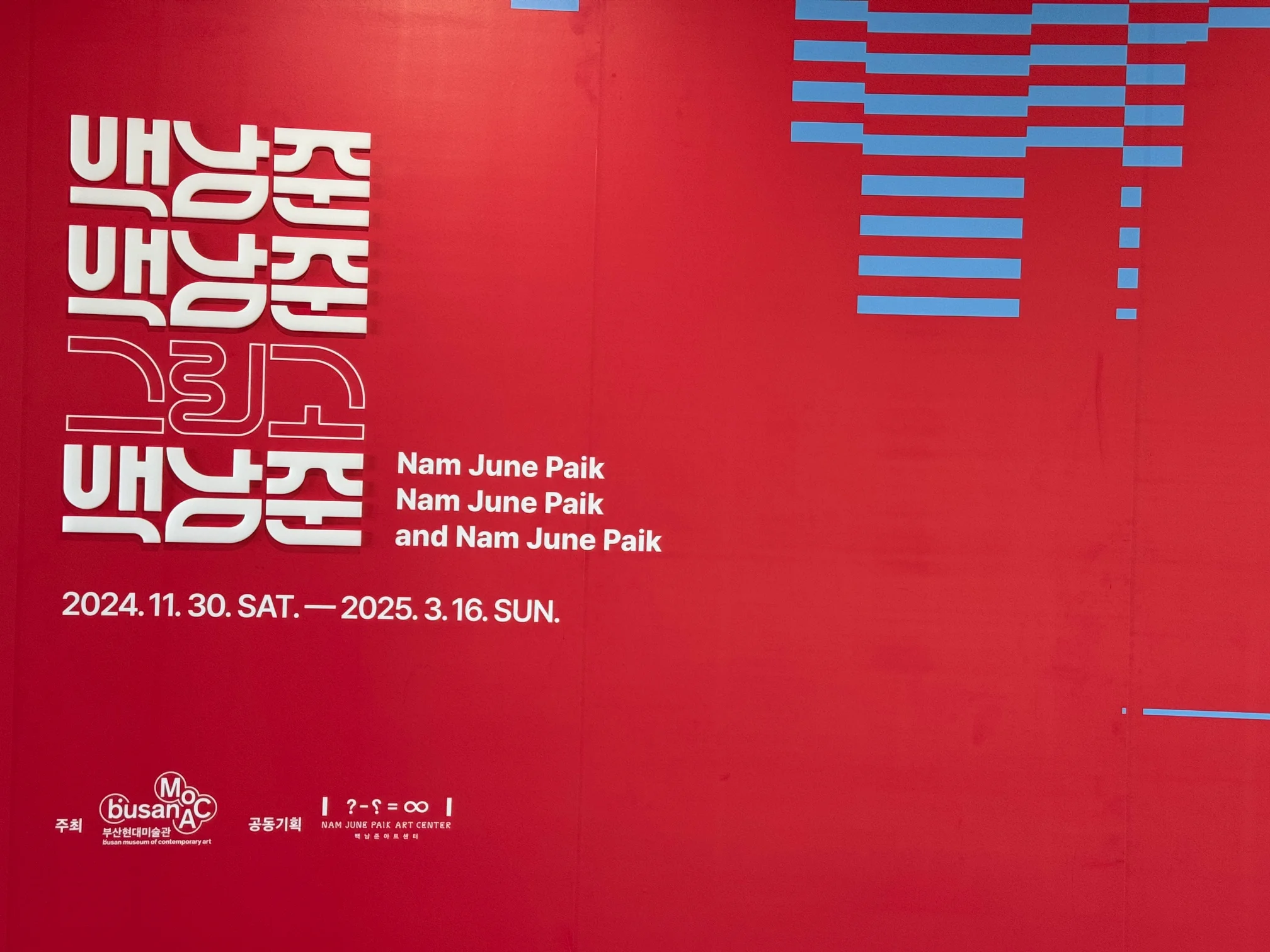Busan, South Korea – The Museum of Contemporary Art (MOCA) Busan has unveiled a landmark retrospective of Nam June Paik, the trailblazing pioneer of media art. Titled “Nam June Paik, Nam June Paik, and Nam June Paik,” the exhibition runs from November 30, 2024, to March 16, 2025. This expansive showcase, the largest of its kind in South Korea, features over 160 works, including rare early pieces, multimedia installations, and archival materials that span the entirety of Paik’s groundbreaking career. Jointly organized with the Nam June Paik Art Center, the exhibition cements Busan’s status as a burgeoning cultural hub.
Nam June Paik is hailed as the father of media art for his visionary ability to integrate art, technology, and human expression. This retrospective is not just a tribute to Paik but also a celebration of his enduring influence on contemporary culture. For Busan, hosting such a significant event elevates its cultural prominence and offers residents and visitors alike an unprecedented opportunity to engage with one of the 20th century’s most influential artists.
The Nam June Paik retrospective offers a remarkable array of diverse artworks and installations, each showcasing the artist’s innovative approach to media art and technology. Among the standout pieces is TV Buddha (1974), which juxtaposes ancient spirituality with modern technology, inviting viewers to reflect on the relationship between tradition and progress. Another iconic work, Robot K-456 (1964), playfully critiques mechanization through a remote-controlled robot that humorously defies traditional notions of functionality. The Moon is the Oldest TV (1965) poetically captures the cycles of the moon, using television monitors to symbolize the passage of time. Meanwhile, the massive installation 108 Torments (1998) reflects Korea’s complex history and cultural identity through a dynamic arrangement of 108 television monitors. The towering Cage’s Forest – Revelation of the Forest (1993) stands as a symbolic representation of the coexistence of nature and technology, merging organic and electronic elements in a profound statement.
The exhibition also features a dedicated theater space that brings Nam June Paik’s video art to life, screening 15 of his most influential works. Visitors can immerse themselves in groundbreaking pieces like Good Morning Mr. Orwell (1984) and The Tiger Lives (1999), as well as gain new insights from the recent documentary Nam June Paik: Moon is the Oldest TV (2023), which offers a fresh perspective on his enduring legacy.
Adding to the exhibition’s significance are rare works being displayed in Busan for the first time. Among these are 87 pieces from the Nam June Paik Art Center’s collection, complemented by additional loans from esteemed institutions such as the National Museum of Modern and Contemporary Art and the Frankfurt Museum of Modern Art. These unique elements make the retrospective a truly unmissable event, offering both local and international audiences an unparalleled opportunity to engage with the visionary world of Nam June Paik.
Nam June Paik (1932-2006) is revered for his innovative use of technology as an artistic medium. A pioneer of video art, he transformed everyday electronics into tools for profound artistic expression. From his early days as a member of the Fluxus movement to his later works using satellite and laser technologies, Paik consistently challenged the boundaries of art and technology. His statement, “The artist’s role is to envision the future,” underscores his enduring relevance in the digital age.
Art enthusiasts, technology lovers, and curious minds should not miss this rare opportunity to experience the genius of Nam June Paik in Busan. This retrospective offers a chance to reflect on the intersection of art and technology while honoring the legacy of an artist who continues to influence the cultural landscape. Best of all, admission is free. Visit the Museum of Contemporary Art Busan by March 16, 2025, to immerse yourself in the visionary world of Nam June Paik.



